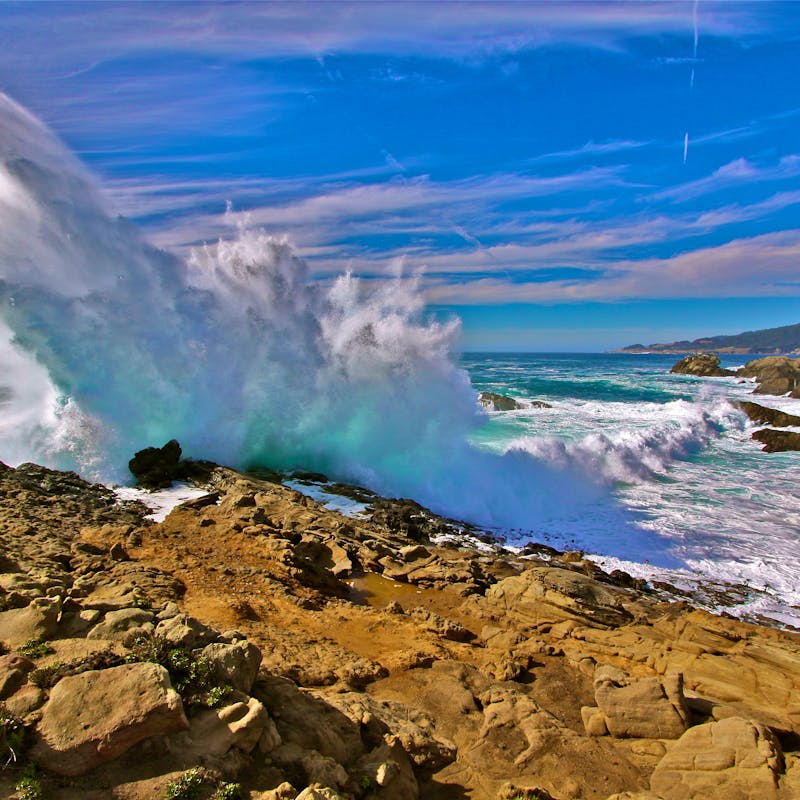Tweet"Make no mistake, though: this is no time to ease up our efforts to protect the right whale from the fishing gear entanglements and vessel strikes that are rapidly driving it towards extinction. We are still killing right whales far faster than they can reproduce."
The North Atlantic Right Whale Consortium via NOAA Fisheries today updated the estimated population of critically endangered North Atlantic right whales. The new estimate is 372 as of the start of 2023, with a range of error of +11/-12, continuing a slow increase since 2020. There are still fewer than 70 reproductively active females, upon whom the survival and recovery of the species depends.
"For a critically endangered species like the North Atlantic right whale, a small population increase is better than a decline,” said Jane Davenport, Senior Attorney with Defenders of Wildlife. “Make no mistake, though: this is no time to ease up our efforts to protect the right whale from the fishing gear entanglements and vessel strikes that are rapidly driving it towards extinction. We are still killing right whales far faster than they can reproduce.”
For the first time, the new population estimate counts calves, including 12 catalogued in 2023. It does not include any of the documented right whale deaths in 2023 or 2024, including one killed by an entanglement and four by vessel strikes in 2024 alone. Reproductive females, their calves, and juveniles suffer disproportionately higher rates of vessel strikes and entanglements.
More than 20% of the right whale population has been affected by an Unusual Mortality Event since 2017, including 41 confirmed deaths, 37 serious (i.e., likely lethal) injuries, and 70 morbidities. Only one-third of right whale deaths are detected, meaning the true death rate is much higher.
The species awaits the Biden administration’s finalization of an updated vessel speed rule designed to limit vessel speeds in more times and places where right whales are at high risk of being struck.
For over 75 years, Defenders of Wildlife has remained dedicated to protecting all native animals and plants in their natural communities. With a nationwide network of nearly 2.1 million members and supporters, Defenders of Wildlife is a leading advocate for innovative solutions to safeguard our wildlife for generations to come. To learn more, please visit https://defenders.org/newsroom or follow us on X @Defenders.
Media Contact
News

Defenders Slams SPEED Act as it Speeds Toward Habitat Destruction




